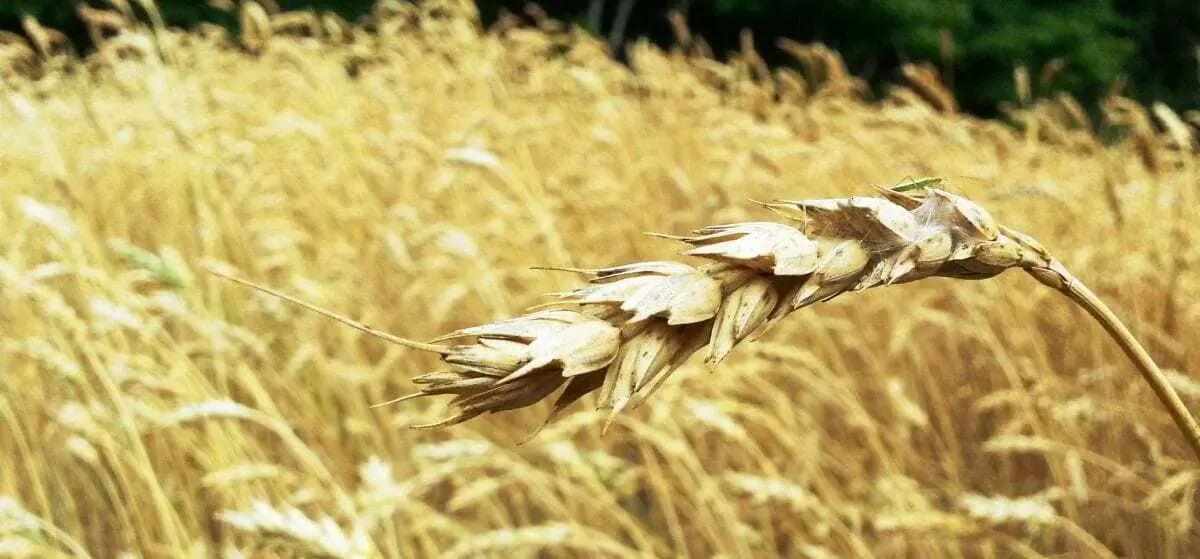Archaeological digs in the Middle East have revealed the remains of ancient harvests that record how some of the world’s earliest cities grew and developed.
A study published in Nature Plants sheds new light on the agricultural and political economy that underpinned the growth of some of the world’s oldest cities in Mesopotamia, in present-day northern Syria.
The researchers, led by a team from the University of Oxford, used stable carbon and nitrogen isotope analysis of charred ancient grains to reconstruct the conditions under which crops grew, building up a picture of how farming practice changed over time.
They found that as populations in these early cities swelled, increasing demand for more food, farmers strove to cultivate larger areas of land, rather than plough more resources—such as manure—into existing, more intensively managed fields.
Extensive, land-hungry agriculture relies heavily on the ability to access more arable land and to exploit specialized plough animals, both of which could be monopolized by powerful families and institutions.
The findings of this research therefore reveal how the growing importance of arable land, which could be controlled by the ruling few, led to increasing social inequality as urban populations grew.
Project leader Prof Amy Bogaard from Oxford’s School of Archaeology, said: ‘Each cereal grain found buried in an archaeological site holds within it a record of the environmental conditions under which it was grown.
‘Studying many samples of grain from a number of ancient sites allows us to build up a picture of how farming changed with the waxing and waning of early cities, and in particular how people coped with the need to feed growing urban populations.
‘We found that the rise of early cities in northern Mesopotamia depended on radical expansion of the scale of farming. As a result, cereals were grown under increasingly poor soil conditions: for example, with less manuring and replenishment of nutrients. It was a solution that enabled enormous urban agglomerations to develop, but was risky when environmental or political conditions changed. Examining how prehistoric farmers coped with changing conditions could yield some useful advice for modern day governments facing similar pressures of growing populations and changing environments.’
The full paper, ‘Isotope evidence for agricultural extensification reveals how the world’s first cities were fed,’ can be read in the journal Nature Plants.





